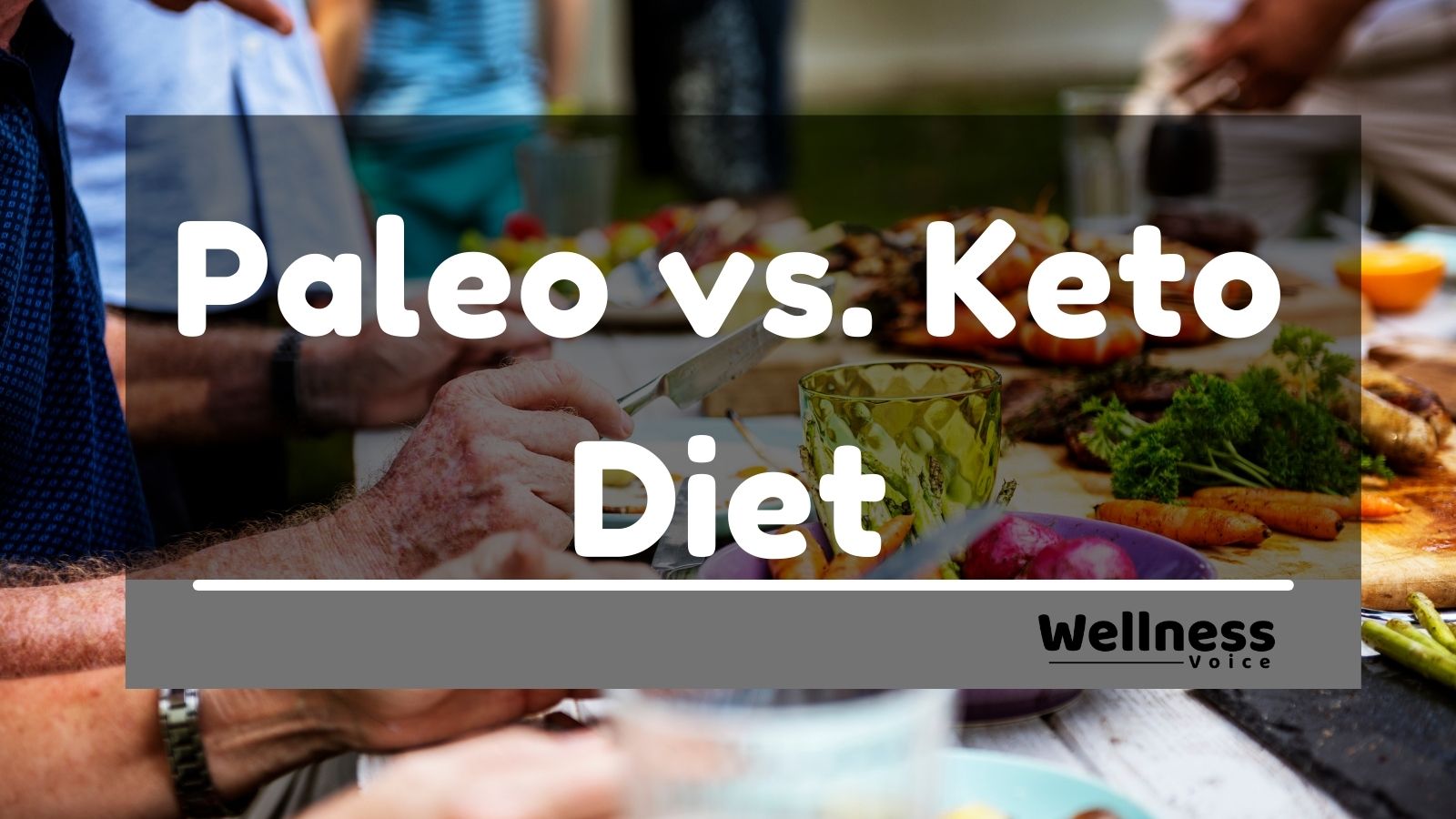
Paleo and Keto diets are some of the most common diets right now. These diets are quite popular in the world of fitness, but the question that most people usually ask is, which diet is better? Below we have given a thorough comparison of the two diet forms and discussed their benefits.
Table of Contents
The Paleo Diet
The paleo diet is also referred to as the ‘Cavemen Diet.’ People who follow this diet believe that eating the type of food that early humans ate will promote optimal health. The fundamental thinking behind the Paleo diet is that the modern techniques of processing food are damaging the human body.
This is why, if people adjust their diets and mimic the eating habits of the Paleolithic hunter-gatherers, the biological functioning of their bodies will improve. The Paleo diet does not contain grains, sugar, processed sugar, and dairy sources. This is what the diet consists of:
- Eggs
- Nuts
- Seeds
- Meat and fish
- Vegetables (all except corn)
- Select fats
- Some oils (coconut oil, tallow, lard, ghee/butter, and avocado oil)
- Some minimally processed sweeteners (raw honey, coconut sugar, maple syrup, and raw stevia)
People who follow the paleo diet consider it more of a lifestyle than a diet, as they focus on the environmental impact of their food choices and their body’s overall wellbeing.
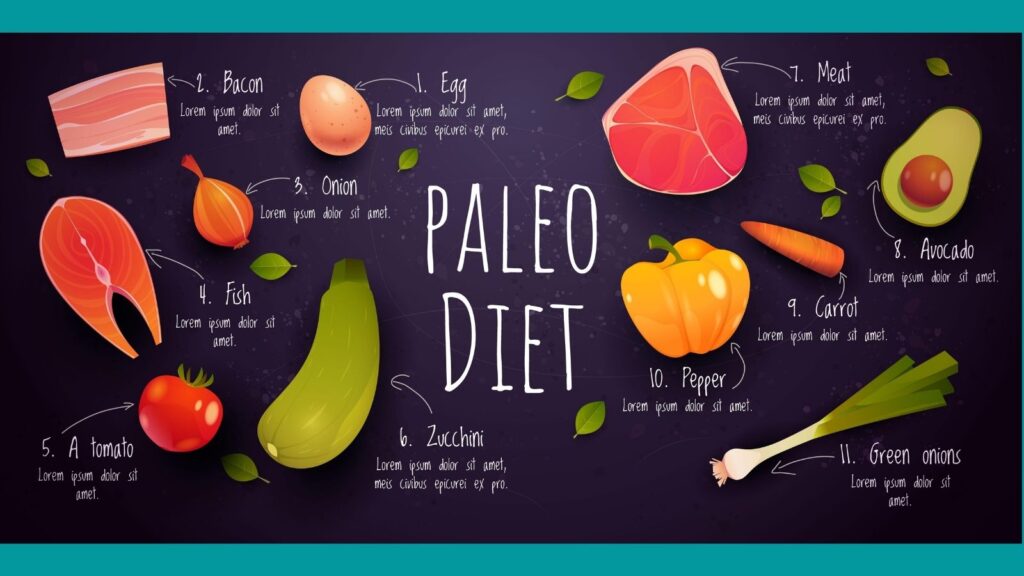
The Keto Diet
Most tissues in our body prefer using carbs rather than glucose as a source of energy. Ketosis is a state in which your body uses fat rather than carbohydrates as a source of energy. Below is a breakdown of the keto diet macronutrients:
- Fat: 65/90 %
- Protein: 10/30 %
- Carbs: < 5%
Key Elements of the Keto Diet
- The Keto diet is all about avoiding carbohydrates, and people who are on a keto diet should not consume more than twenty to thirty grams of carbs per day.
- When on a Keto diet, you should consume a decent quantity of protein, as it helps maintain a lean muscle mass.
- The most important aspect of the Keto diet that is often ignored is the need to consume electrolytes. If you don’t consume enough electrolytes, you won’t feel well, and your body won’t function properly.
- When you are on a ketogenic diet, your calories should come from healthy fats so that your body can access the stored fat and use it.
- The good thing about Keto Chow products is that they are packed with electrolytes.
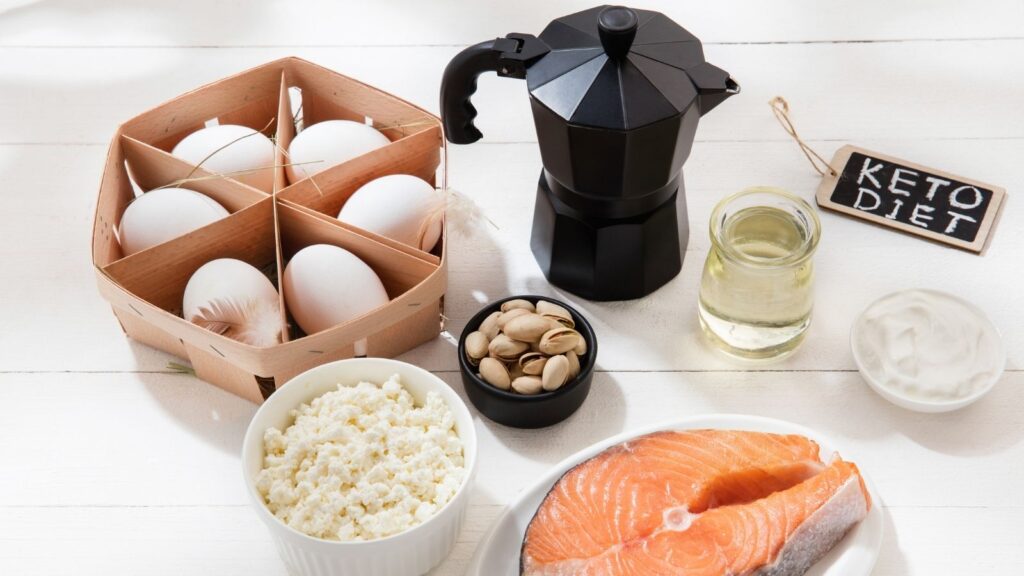
Importance of Macronutrients in Keto
Macronutrients are like fuel to the human body, and when you are following a keto diet, make sure that you consume macronutrients such as carbs, protein, and fat. Each variation of macronutrients has a different effect on ketosis.
Your body will convert glucose into protein while on a Keto diet, so as long as your consumption of carbs is low and manageable, you are good to go.
Keto vs. Paleo Diet Comparison
Although these two diets have their differences, they also have a whole lot in common. Both Paleo and Keto diets are consistent with whole-food nutrients. Whole food is the type of food that has gone through minimal processing.
Paleo and Keto diets also eliminate processed food from your diet and replace them with fish, nuts, vegetables, and meat. The two diets are also free of sugar, oil, and processed fat.
No Legumes and Grains
Both Keto and Paleo diets discourage the consumption of grains and legumes; however, their reasoning differs. For people that follow a Paleolithic lifestyle, the elimination of grains and legumes is based on the reasoning that early humans did not consume the two crops. Another reasoning is that legumes and grains contain antinutrients.
Antinutrients are compounds (phytates and lectins) that are present in some plant-based food types. These compounds interrupt your body’s ability to absorb nutrients and may cause digestive issues.
For people following the Keto diet, the reasoning is simple, both grains and legumes contain carbohydrates. So if you eat these two crops while you’re following a keto diet, due to their high content of carbs, your ketosis will end.
No Added Sugar
Ketogenic and Paleolithic diets discourage the use of added sugar because both diet forms are against processed food. However, those on a Paleo diet are a bit more flexible as they are allowed to consume maple syrup and honey. For Keto diet followers, no form of sugar is allowed because sugar contains carbohydrates.
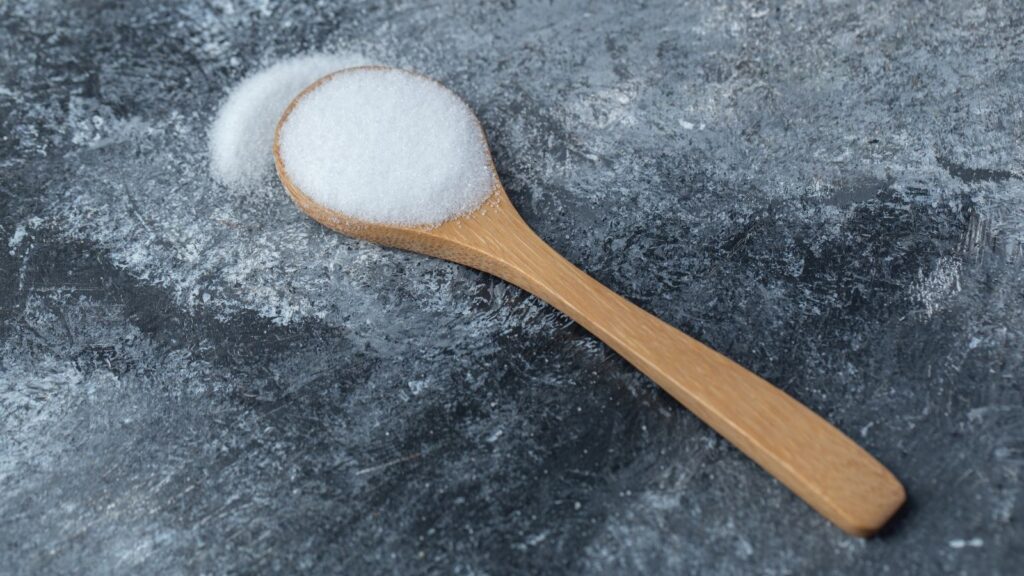
Emphasis on Healthy Forms of Fat
There are many goals that both the Paleo and Keto diets share, and one is the emphasis on consuming healthy varieties of fat. In addition, both diets recommend refined oil such as avocado oil or olive oil, nuts, fish, and seeds.
These fat varieties are beneficial for the heart and contain monounsaturated fat. However, the Ketogenic diet puts a lot more emphasis on healthy fats than the Paleo diet, as it is the crux of the diet.
Effective for Weight Loss
The main reason both Paleo and Keto diets are so popular is that they are considered effective for weight loss. Unfortunately, the information and the data are limited, so we cannot say for sure that these diet forms will effectively cut down weight in the long term. However, the results of some short-term studies are promising.
In a study conducted on postmenopausal, a woman that was obese shifted to the Paleo diet and, after six months, had a 9 % weight loss. In twelve months, the woman’s weight had decreased by 10.6 %. However, when the data was collected for 24 months, no other significant changes were recorded.
Research was also carried out on low-carb diets such as Keto, and the results revealed that short-term weight loss could occur by shifting to these diet forms. This could happen because high consumption of fat usually kills the appetite and leads to low consumption of calories. The process of ketosis is also considered an efficient eliminator of body fat.
Differences
Below we have listed some major differences between the Paleo and Ketogenic diet forms:
Keto focus on Macronutrients, Paleo Focuses on Ideology
The main difference between Keto and Paleo diets is that Paleo follows an ideology and focuses on changing lifestyles. The Paleo diet recommends a specific type of exercise and encourages users to be mindful of their daily activities.
While the Paleo diet is specific, it does not emphasize macronutrients. Instead, the diet permits its users to eat all carbs, protein, and fat as long as they are from ‘allowed’ varieties of food.
On the other hand, Keto does not promote an ideology or a certain lifestyle, it focuses on healthy sources of food, and the main emphasis is on macronutrients. Therefore, changes in lifestyle while following a keto diet are not mandatory.
Keto allows some Varieties of Soyfoods and Dairy.
Keto encourages dairy products, especially high-fat dairy products such as butter, unsweetened yogurt, and cream. However, dairy products such as milk and ice cream are not allowed. However, the Paleo diet does not allow the consumption of soy foods and dairy products.
However, grass-fed butter is allowed and can be a part of the Paleo diet. There is also a disagreement among the Paleo diet followers regarding grass-fed butter, as some followers believe it should not be part of the Paleo diet. Paleo also discourages the consumption of soy foods that fall in the category of legumes.
Which Diet Form is better?
One thing is a fact; both Ketogenic and Paleolithic are considered healthy diet forms; however, what sets them apart is how the user implements them. When compared, the Paleo diet is considered healthier than the Keto diet, and it also encourages a healthy style of life.
The Paleo diet also offers a great degree of freedom regarding food choices, which makes the diet easier to follow in the long run. However, the Keto diet is not fit for every individual and can treat some illnesses. Generally, people should stay away from foods that have saturated fat and overall high content of fat.
The Keto diet is difficult to maintain in the long run because it demands strict compliance to achieve the necessary levels of ketosis. The diet also requires careful planning and is less adaptable to social changes. In addition, the lack of flexibility within the Keto diet makes it unattractive for most people and offers few food options.
While we stated earlier that both diet forms are healthy, Paleo has the edge as it is more flexible than the Keto diet and offers a much broader array of nutrients.
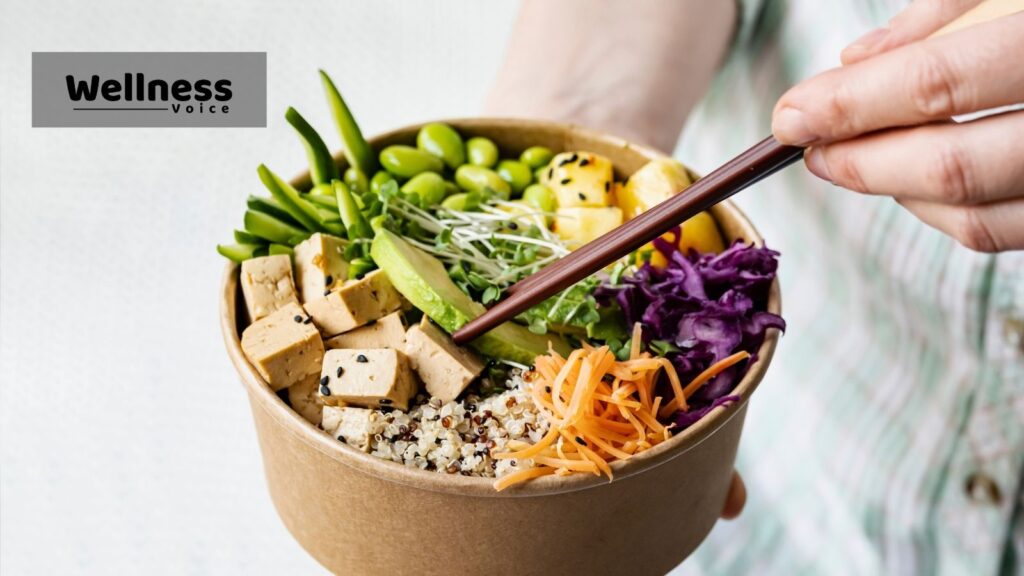
Conclusion
This article has given a thorough comparison of the Keto vs Paleo diet forms, how similar they are, and their differences. The two diet forms are considered healthy, but the Ketogenic diet demands more discipline and compliance.
We have weighed the pros and cons of both diets, and now it is up to the people to decide which one suits their needs. If you are having problems making up your mind, contact your doctor and have a discussion.
